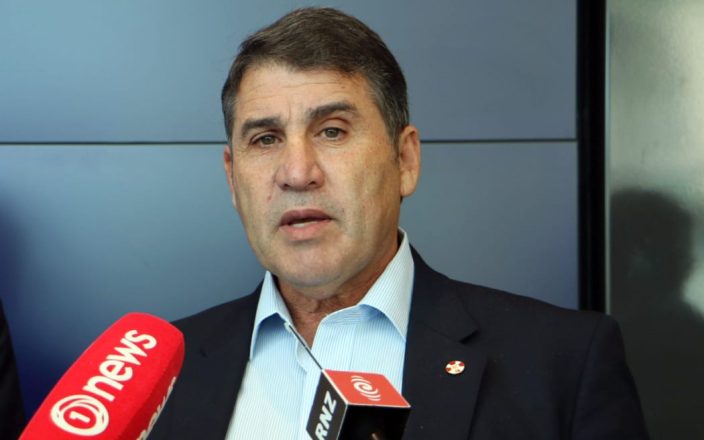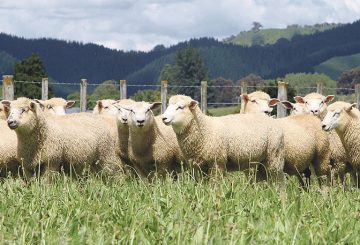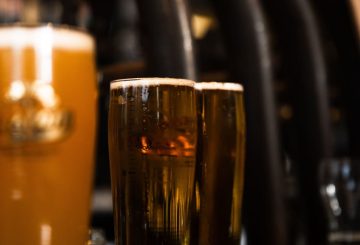Lester Levy, the Commissioner of Health NZ Te Whatu Ora, has appointed Ken Whelan and Roger Jarrold as his Deputy Commissioners. Whelan was brought in as the Crown Observer in December to oversee Health NZ, while Jarrold was the only remaining board member after the government replaced the previous board.
Levy served as chairperson of Health NZ’s board until July 23 and had to manage a board that was down to just two members, himself and Jarrold, due to resignations and members not rejoining.
Levy announced the new appointments at an all-staff meeting on August 1 and published the news on Te Whatu Ora’s website the same day. Jarrold will start his role immediately, and Whelan will begin on August 5. Both are appointed for 12 months, and their terms will be reviewed afterward.
In his statement, Levy said that Jarrold and Whelan will focus on improving Health NZ’s finances and ensuring good management throughout the organization. He stressed the need for a more integrated health system that provides better care for patients.
Whelan has over 30 years of experience in health management, with 20 years as a Chief Executive. He is known for his collaborative leadership and ability to manage organizational change. Jarrold, who is a chartered accountant, has held top financial positions in various companies, including Fletcher Construction and Downer NZ.
Health Minister Shane Reti had earlier expressed concern about Health NZ’s finances and suggested that poor financial management by the previous board and senior leaders prompted the government to appoint Levy as Commissioner.
The law allows the Commissioner to appoint up to three deputy commissioners. Recently, the government also appointed four deputy chief executives to manage different regions within Health NZ. Additionally, Nicola Willis is seeking interest for a new Social Investment Board and for a Chief Executive for the Social Investment Agency.





























































